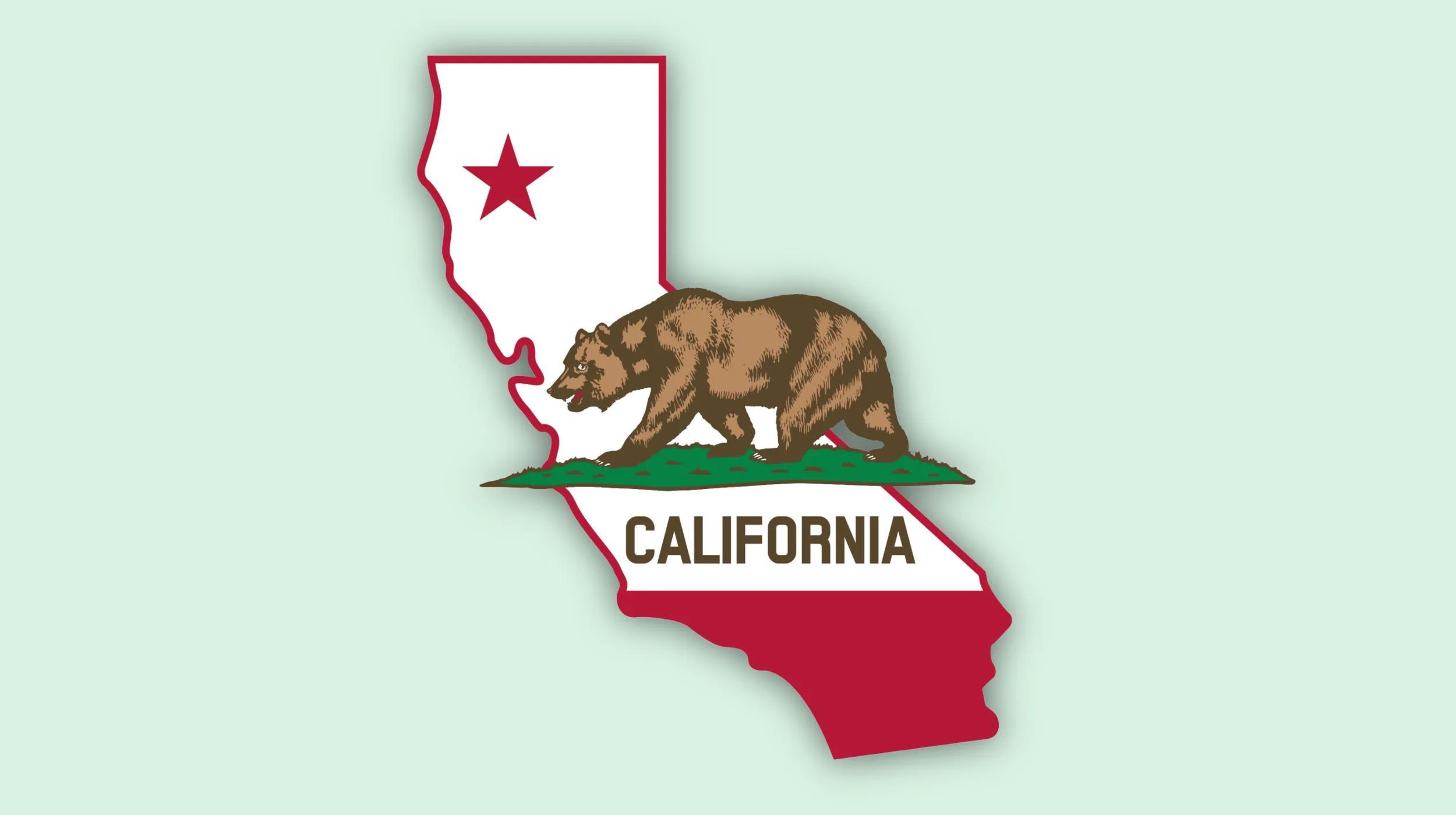As a small business owner, you've probably heard how important it is to know your numbers in order to calculate your marketing costs. In this case, it's important that you have a grip on the following formulae:
- Lifetime value of a customer (LTV): The projected revenue a customer will generate during their lifetime.
- Customer acquisition cost (CAC): The cost of convincing a potential customer to buy your product or service for the first time.
Related: How to calculate customer lifecycle value
Understanding lifetime value of a customer
To understand LTV, let's use the example of a hot dog vendor. To create an average LTV, we'll look at the behaviors of three random customers in a given week.
- Customer 1: Spends $6 per transaction and visits 3 times per week ($6 x 3 = $18/week)
- Customer 2: Spends $6.50 per transaction and visits 6 times per week ($6.50 x 6 = $39/week)
- Customer 3: Spends $5 per transaction and visits 5 times per week ($5 x 5 = $25/week)
To find the average weekly value of the three random customers, we add each customer's value and divide by three. For example: $18 + $39 + $25 / 3 = $27.33 per week.
Now that we have the average weekly value of a customer, we need to annualize it by multiplying by 52 weeks. For example: $27.33 x 52 = $1,421.16.
Now that we have the average annual value of a customer, we need to calculate the LTV of that customer. For simplicity sake, let's use a simple LTV equation and assume that the average customer has been coming to the hot dog vendor for 18 years. (If you want to get fancy, you can factor in customer retention rate, profit margin per customer, or rate of discount for future cash value.) We'll stick with the assumption of 18 years to find that the lifetime value of one customer to the hot dog vendor is 18 x $1,421.16 or $25,580.88.
Wow, right?
One customer coming by an average of five times per week and spending an average of $5.50 per transaction is worth nearly $26,000 to the hot dog vendor. But what should he pay to acquire that customer?

Understanding customer acquisition cost
Like I mentioned before, it's important to know your numbers in order to calculate your marketing costs — and your CAC is definitely one of those numbers. If you've ever watched “Shark Tank,” you've probably heard Mark Cuban ask, “What's your cost of acquisition?” You simply need to know how much it costs to attract, engage and convert a new customer.
The CAC is determined by dividing your marketing budget in a given period (month, quarter or year) by the number of net new customers acquired.
So, if the hot dog vendor spent $25,000 on marketing last year and acquired 100 new customers, then his CAC would be $25,000 / 100 or $250 per customer. (Keep in mind, this is a simple equation and leaves out several complex factors like spend per marketing channel.)
It's important to note that CAC means nothing without understanding your LTV.
For example, to pay $250 for a customer worth $25,580.88 over their lifetime is a very low investment for a hefty hot dog return.
Related: How to choose the best marketing channels for your business
How to calculate your marketing costs

In the CAC example, we pretended that the hot dog vendor spent $25,000 on marketing and advertising last year, but how did he get there?
First, he needed to calculate his revenue. Since he was keeping track of his inventory, he knew exactly how many hot dogs, chips and drinks he sold. For instructional purposes, let's say he brought in gross revenues of $250,000.
Second, we need to look at the age of the company. Traditionally, new companies are one to five years old, and established companies have been in business more than five years with brand equity and/or market share. The hot dog vendor has been at the same spot for 20 years, so he's definitely an established company. A generally accepted school of thought suggests:
- For new companies, at least 12 percent to 20 percent of gross revenue should be allocated to marketing costs.
- For established companies, between 6 percent to 12 percent of gross revenue should be allocated to marketing costs.
(Aside: Depending on where you search or with whom you speak, these numbers will definitely change. In my expert opinion, you should be dedicating at least 10 percent of your gross revenue as you calculate your marketing costs.)
Based on his loyal fanbase, the hot dog vendor calculated his marketing costs to be 10 percent of his gross revenue to attracting new customers. ($250,000 x 0.1 = $25,000).
Putting it all together
Ultimately, every business is different, and the competitive climate is ever changing with digital marketing and new technologies.
To calculate your marketing costs and create a budget can be overwhelming, but you should definitely take the time to know your numbers. Both LTV and CAC will be your best friends when it's time to write that next marketing expense check.







